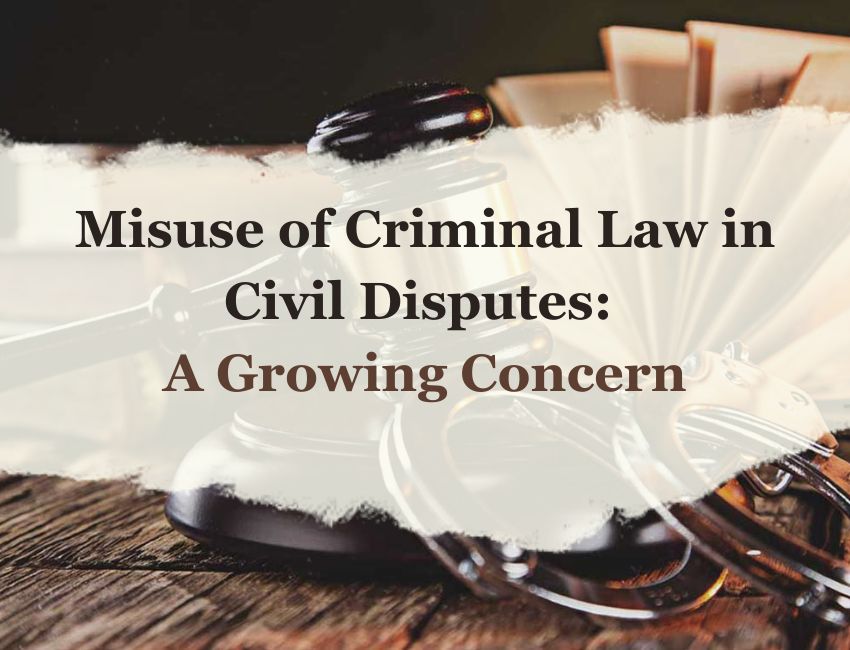V.K. Jhanji, J.@mdashThis civil revision is directed against order dated 15.9.1995 whereby application filed by the petitioner to set aside ex parte judgment and decree dated 17.5.1993 was dismissed by the trial Court. Challenge is also to order dated 3.9.1997 whereby Appellate Court dismissed the appeal preferred against order dated 15.9.1995.
2. In brief, the facts are that one Mohna Singh was the owner of the property in dispute. He got this property by virtue of Civil Court decree dated 20.12.1973. Before the decree could be executed, Mohna Singh died. Dayal Singh, one of his sons, filed execution application to execute the decree on the basis of will dated 9.11.1976 alleged to have been executed in his favour by his father Mohna Singh. Brother of Dayal Singh, namely, Raman Singh questioned the execution application on the ground that Mohna Singh had not executed will in favour of Dayal Singh. Executing Court, apart from others, on the basis of pleadings, framed issue in regard to execution of Will by Mohna Singh in favour of Dayal Singh. Parties were allowed to lead evidence and on the basis of evidence brought on record, Executing Court vide judgment dated 27.2.1984 held that Will dated 9.11.1976 is shrouded by suspicious circumstances which have not been explained by the propounder. Application filed by Dayal Singh alone was held to be incompetent and was dismissed. Subsequently, on 16.1.1992 Dayai Singh filed suit for possession in regard to the same very land against his brotner and others on the basis of same Will. Suit was decreed ex parte. Chanan Singh, another brother of Dayal Singh, filed an application under Order 9 Rule 13, C.P.C. on 16.7.1993 for setting aside ex parte decree dated 17.5.1993 on the ground that he had not been served in the case and ex parte decree is not binding on him. He, in the application, prayed that the ex parte decree be set aside. Simultaneously, Chanan Singh also filed appeal against ex parte decree along with an application for condonation of delay. Appeal as well as application were dismissed in default on 8.4.1995 by Additional District Judge, Chanan Singh, on the same very day, applied for restoration of appeal. While his application for restoration of appeal was pending, Dayal Singh fifed an application before the Executing Court with whom application under Order 9 Rule 13, C.P.C. was pending, with the prayer that the said application be dismissed in view of explanation contained in application under Order 9 Rule 13, C.P.C. The precise submission of Dayal Singh was that appeal against ex parte decree has been dismissed and, therefore, no application under Order 9 Rule 13, C.P.C. was maintainable for setting aside the decree. Application of Dayal Singh was accepted and resultantly, vide order dated 15.9.1995 application under Order 9 Rule 13, C.P.C. was dismissed. Chanan Singh preferred appeal which too was dismissed by the Additional District Judge. Hence, the present civil revision against orders dated 15.9.1995 and 3.9.1997.
Learned counsel appearing on behalf of Chanan Singh (petitioner herein) has contended that vide order dated 3.2.1998, learned Additional District Judge has restored the application for condonation of delay which had been dismissed along with the appeal meaning thereby that order dated 8.4.1995 has been brought to naught. Subsequently, by making a statement on 23.4.1998, Chanan Singh got appeal as well as application dismissed. It is contended that in view of the subsequent event, the ground on which application under Order 9 Rule 13, C.P.C. was moved, no longer survives and, therefore, order; under revision are liable to be set aside.
3. After hearing the learned counsel for the parties, I am of the view that the civil revision deserves to be allowed.
4. The person against whom an ex parte decree is passed, has three remedies to set aside the ex parte decree or order;
(i) he may go in appeal;.
(ii) he may ask for its review; and
(iii) he may seek to set it aside under Order 9 Rule 13, C.P.C.;
5. Explanation added to Order 9 Rule 13, C.P.C. by the amendment of 1976 provides that no application for setting aside ex-parte decree can lie where the defendant has filed an appeal and the appeal has been disposed of on any ground other than the one that the appeal has been withdrawn by the appellant. Explanation came up for consideration before the Hcn''ble Supreme Court of India in
"2. The real question is whether the ''Explanation'' to Rule 13 of Order 9 of the Civil P.C. bars the appeal filed by the respondent against the ex parte decree. The Explanation was enacted by the Civil P.C. (Amendment) Act, 1976 with effect from February 1, 1977. Prior to its enactment, a defendant burdened by an ex parte decree could apply to the trial Court under Rule 13 of Order 9 for setting aside the decree. He could also appeal under S.96 against the decree. The mere filing of the appeal did not take away the jurisdiction of the trial Court to entertain and dispose of the application for setting aside the ex parte decree. It was where the appeal was disposed of and the appellate decree superseded the trial Court decree by reversing, confirming or varying it that the trial Court could not proceed to set aside its ex parte decree. For the trial Court decree was said to have merged with the appellate decree. There are of course cases where the trial Court decree does not merge with the appellate decree. Such instances arise when the appeal is dismissed as having abated by reason of the omission of the appellant to implead the legal representatives of a deceased respondent or where it is dismissed as barred by limitation. So there is a limited area where the trial Court decree merges in the appellate decree, and when that takes place an application before the trial Court for setting aside the decree loses all meaning. It was a limited area defined by the operation of the doctrine of merger. From Feb. 1, 1977 the area was extended enormously. With the Explanation in operation, no application for setting aside an ex parte decree can lie where the defendant has filed an appeal and the appeal has been disposed of on any ground other than the ground that the appeal has been withdrawn by the appellant. No doubt the provision is described as an "Explanation", but as is well known it is not the rubric which decisively defines the true nature of a statutory provision. Its true nature must be determined from the content of the provision, its import gathered from the language employed, and the language construed in the context in which the provision has been enacted. In the present case, the rule in Heydon''s case (1584)76 E.R. 637, approved of and applied by this Court in
3. It has been observed earlier that a defendant intending to avoid an ex parte decree could apply to the trial Court for setting it aside and could also appeal to a superior Court against it. The Courts were open to a duplication of proceedings, and although the immediate relief claimed in the two proceedings was not identical both ultimately aimed at a re-decision on the merits. Moreover, on the two proceedings initiated by the defendant, the application under Rule 13 of Order 9 would subsequently become infructuous if the appeal resulted in a decree superseding the trial Court decree. It was also possible to envisage the appeal becoming infructuous if the trial Court decree was set aside on the application under Rule 13 of Order 9 before the appeal was disposed of. The plaintiff was in the unfortunate position of being dragged through two court in simultaneous proceedings. Public time and private convenience and money was sought to be saved by enacting the Explanation. The CPC (Amendment) Act, 1976 was enacted with the avowed purpose of abridging and simplifying the procedural law. By enacting the Explanation, Parliament left it open to the defendant to apply under Rule 13 of Order 9 for setting aside an ex parte decree only if the defendant opted not to appeal against the ex parte decree or, in the case where he had preferred an appeal, the appeal had been withdrawn by him. The withdrawal of the appeal was tantamount to effacing it. It obliged the defendant to decide whether he would prefer an adjudication by the appellate Court on the merits of the decree or have the decree set aside by the trial Court under Rule 13 of 0.9. The legislative attempt incorporated in the Explanation was to discourage a two-pronged attack on the decree and to confine the defendant to a single course of action. If he did not withdraw the appeal filed by him, but allowed the appeal to be disposed of on any other ground, he was denied the right to apply under Rule 13 of Order 9. The disposal of the appeal on any ground whatever, apart from its withdrawal, constituted sufficient reason for bringing the ban into operation."
6. In the present case, appeal as also application for condonation of delay which were dismissed in default on 8.4.1995, have been ordered to be restored vide judgment dated 3.2.1998 of the learned Additional District Judge. Sub-sequently, by making a statement on 23.4.1998, Chanan Singh petitioner has got the appeal as well as application, dismissed as withdrawn.
7. Since appeal against ex parte decree has been disposed of on the ground that the appellant has withdrawn the appeal, the bar created to the maintainability of application under Order 9 Rule 13, C.P.C. for setting aside the ex-parte decree, will not apply. In view of the provision contained in the Explanation, application under Order 9 Rule 13, C.P.C. after the disposal of appeal on account of withdrawal, is competent and, therefore, orders under revision are liable to be set aside. It is so ordered. Resultantly, orders dated 15.9.1997 as also of the first Appellate Court dated 3.9.1995 order dated 15.9.1995 was affirmed in appeal, are set aside. Trial Court is directed to decide afresh application under Order 9 Rule 13, C.P.C. in accordance with law.
8. Parties through their counsel are directed to appear before the trial Court on 25.11.1998.

